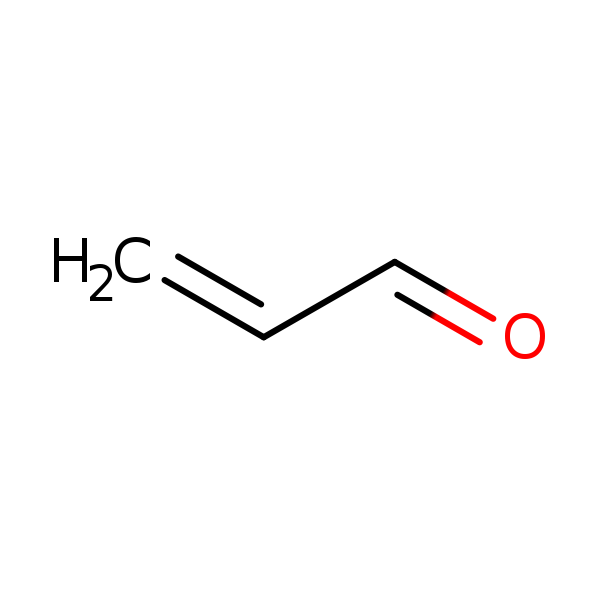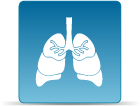Acrolein
CASRN 107-02-8 | DTXSID5020023
- Toxicological Review (PDF) (106 pp, 332 K)
- IRIS Summary (PDF) (25 pp, 176 K)
On this page:
Noncancer Assessment
Reference Dose for Oral Exposure (RfD) (PDF) (25 pp, 176 K) Last Updated: 06/03/2003
| System | RfD (mg/kg-day) | Basis | PoD | Composite UF | Confidence |
|---|---|---|---|---|---|
| Other | 5 x 10 -4 | Decreased survival |
NOAEL
:
0.05
mg/kg-day |
100 | Medium/High |
Reference Concentration for Inhalation Exposure (RfC) (PDF) (25 pp, 176 K) Last Updated: 06/03/2003
| System | RfC (mg/m3) | Basis | PoD | Composite UF | Confidence |
|---|---|---|---|---|---|
| Respiratory | 2 x 10 -5 | Nasal lesions |
LOAEL
(HEC):
0.02
mg/m3 |
1000 | Medium |
Cancer Assessment
Weight of Evidence for Cancer (PDF)
(25 pp, 176 K)
Last Updated: 06/03/2003
| WOE Characterization | Framework for WOE Characterization |
|---|---|
| Data are inadequate for an assessment of human carcinogenic potential | Revised Draft Guidelines for Carcinogen Risk Assessment (U.S. EPA, 1999) |
- Under the Draft Revised Guidelines for Carcinogen Risk Assessment (U.S. EPA, 1999), the potential carcinogenicity of acrolein cannot be determined because the existing data are inadequate for an assessment of human carcinogenic potential for either the oral or inhalation route of exposure. There are no adequate human studies of the carcinogenic potential of acrolein. Collectively, experimental studies provide inadequate evidence that acrolein causes cancer in laboratory animals.
- This may be a synopsis of the full weight-of-evidence narrative.
Quantitative Estimate of Carcinogenic Risk from Oral Exposure (PDF) (25 pp, 176 K)
Not assessed under the IRIS Program.
Quantitative Estimate of Carcinogenic Risk from Inhalation Exposure (PDF) (25 pp, 176 K)
Not assessed under the IRIS Program.
Chemical Documents
Other EPA Information
- Human Health Benchmarks for Pesticides (HHBP). This database provides human health benchmarks for pesticides that may be present in drinking water.
- Office of Pesticide Programs Pesticide Chemical Search. This database provides links to health effects information and registration status for pesticides.
- Chemistry Dashboard. This database provides information on chemical structures, experimental and predicted physicochemical, and toxicity data.
Related Links
Critical Effects
Chemical Structure

Synonyms
- Acraldehyde
- Acrolein
- Acrylaldehyde
- Allyl aldehyde
- Ethylene aldehyde
- Prop-2-en-l-al
- Propenal
- 107-02-8
- 2-Propenal

